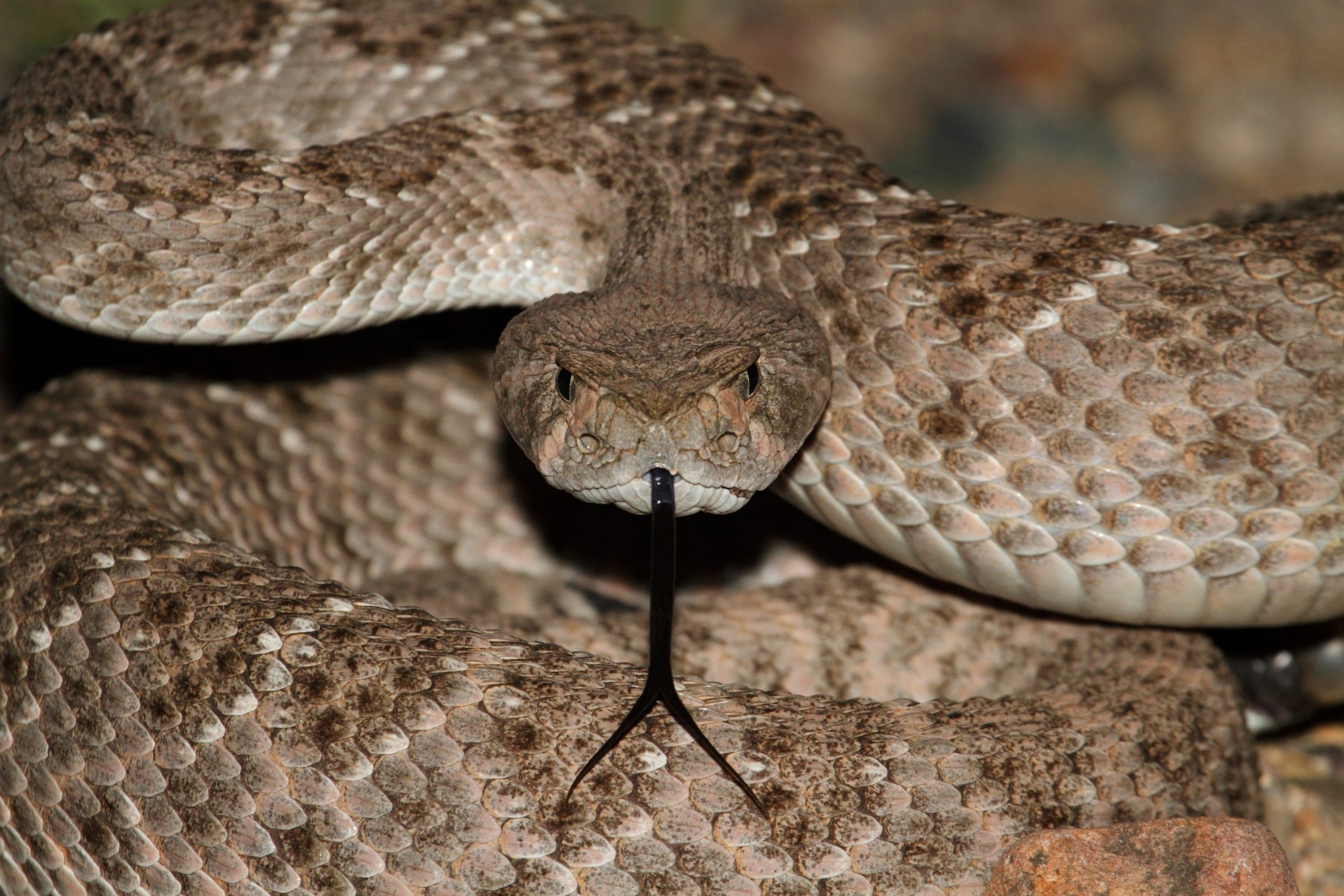5 Reasons Why Your HVAC Unit is Loud Do you find your HVAC unit excessively…

Taking Care of Your Home’s Crawl Space
Working on residential HVAC systems often takes us into the crawl spaces of homes. What we find in there can be downright scary. Because homeowners don’t usually spend a lot of time in their crawl space, the area can easily be forgotten and neglected. But it’s important to realize that the crawl space is literally part of the foundation of your home. If you don’t maintain it, it can cause serious problems and cost you a lot of money down the road.
See Also: Homeowner’s Maintenance Guide
Keep It Dry
One of the biggest problems in crawl spaces is moisture. If the crawl space has a bare dirt floor, then moisture can come up through the soil. If there are uninsulated pipes or air ducts running through the crawl space, condensation can form on them. Vents can help your crawl space ventilation. If the air outside is very humid, then the vents can actually increase moisture in the space rather than decreasing it.
Too much moisture in your crawl space can lead to all kinds of problems over time. A dark, damp crawl space is the perfect place for organic growth. Dampness can also cause the wood beams of your home to rot and the moisture attracts insects. This includes termites.
To dry out your home’s crawl space:
- You may need to have a vapor barrier installed to cover the dirt floor.
- Insulation around pipes and air ducts can help with condensation, although if not installed properly, the insulation itself may become damp and end up covered in mold.
- Some homes need a dehumidifier installed in the crawl space to really keep them dry.
- It’s also important to have working, clean gutters to direct rainwater away from your home’s foundation.
See Also: The Forgotten V in HVAC: Ventilation
See Also: Keep Allergens Out of Your Home
Insulate to Save Energy
It’s also important to install and maintain the insulation in your crawl space. Without insulation under the floorboards, a significant amount of air can travel up from the crawl space into your home. In the winter, that means cold floors and more work for your heat pump or furnace. And it’s even worse in the summer since the hot outside air naturally tends to rise up from the crawl space into your home.
Adding insulation under the floorboards can make your home more energy-efficient, but once you have insulation, you need to keep an eye on it to make sure it’s staying in place. Sometimes when we go into crawl spaces, we find the insulation literally hanging down or lying on the ground because it’s come loose. Insulation that isn’t attached anymore won’t do you any good!
Keep Out Critters
One of the most unpleasant things we regularly find in crawl spaces is dead animals—and sometimes live ones! Rats, mice, squirrels, opossums, raccoons, and snakes are among the common critters that make their way into the crawl spaces under people’s homes. Sometimes they come in through vents that aren’t properly screened. Other times they get in through tiny cracks and holes.
However they get in, these invaders can cause a ton of problems for homeowners.
- These creatures can do serious damage under your home. They can chew through electrical wires and flexible ductwork. Rodents can destroy insulation and nest in it. If you have a vapor barrier, they can chew through and tear that, too.
- They can pose a health hazard. These animals leave behind feces and urine, and some produce dander that people may be allergic to.
- They can also make your home uncomfortable, due to the smell of their excrement as well as the terrible odor that can develop if one of these unwelcome visitors dies under your home.
- To prevent these issues, make sure that your vents are correctly covered, and holes and cracks are sealed.
- If critters do get in, have them removed by professionals and get your crawl space cleaned and inspected for damage.
See Also: Why Does MY AC Smell Like…
Protect Your Air by Sealing Ducts
As you’ve probably realized by now, there’s a lot of stuff that can be found in your crawl space that you definitely do NOT want floating around in the air inside of your home, like dirt, insect and animal feces, and mold spores. The problem is that the air ducts of your HVAC system most likely run right through that crawl space.
If your air ducts aren’t properly sealed, they will draw in air from the space around them and send that air right into your home. Even if you keep your crawl space as clean as possible, you still don’t want the un-conditioned air from the crawl space to mix with the conditioned air coming from your HVAC unit. That would be a waste of energy!
That’s why it’s also a good idea to have your home’s air ducts sealed—especially ducts that run through unconditioned and sometimes dirty spaces like your attic and crawl space. By cleaning up and insulating your crawl space, and sealing your air ducts, you can make your home more efficient and keep the air inside cleaner, too.
See Also: Ductless Air Conditioning


